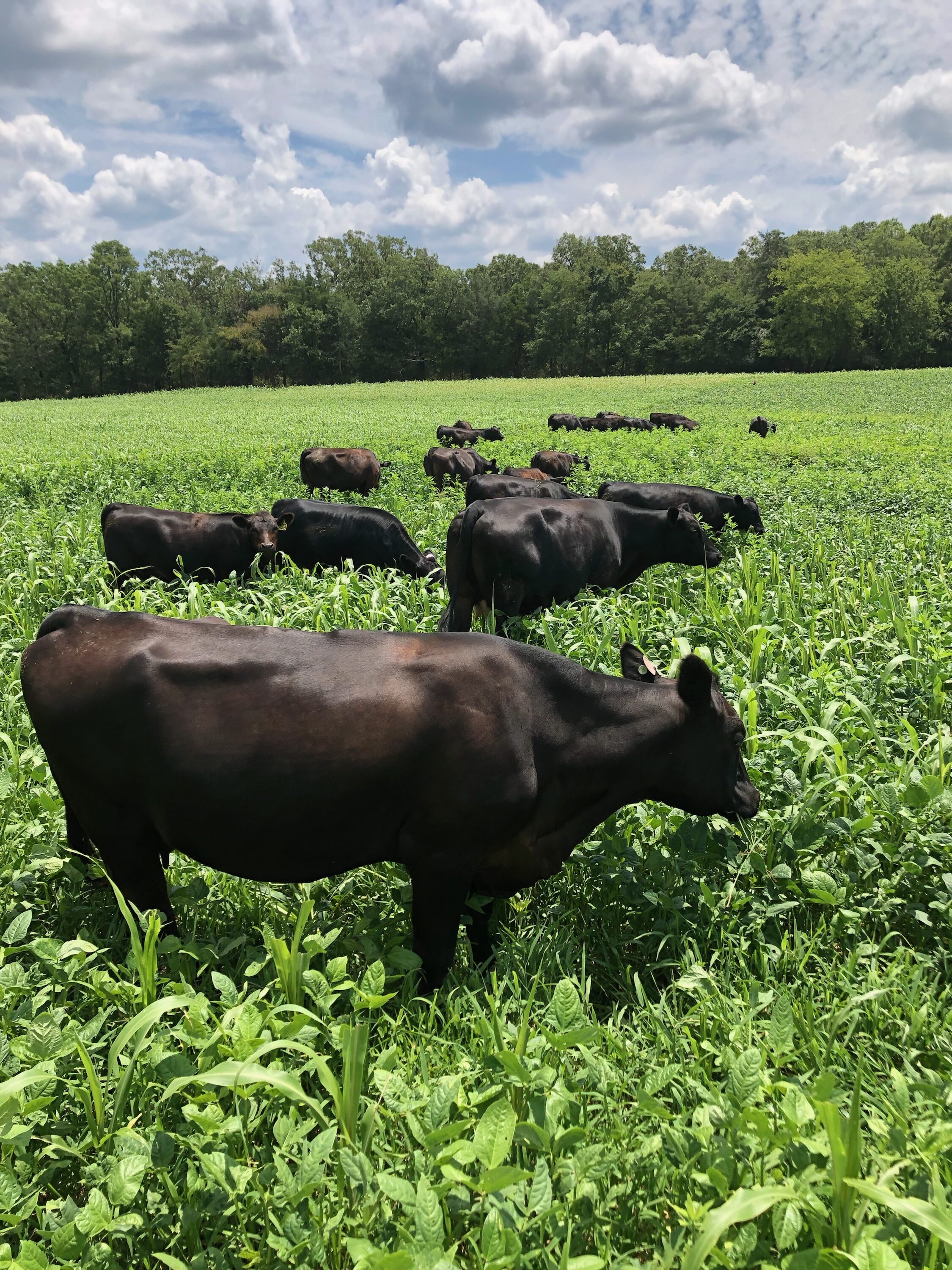Managing Summer Annual Pastures
go.ncsu.edu/readext?805060
en Español / em Português
El inglés es el idioma de control de esta página. En la medida en que haya algún conflicto entre la traducción al inglés y la traducción, el inglés prevalece.
Al hacer clic en el enlace de traducción se activa un servicio de traducción gratuito para convertir la página al español. Al igual que con cualquier traducción por Internet, la conversión no es sensible al contexto y puede que no traduzca el texto en su significado original. NC State Extension no garantiza la exactitud del texto traducido. Por favor, tenga en cuenta que algunas aplicaciones y/o servicios pueden no funcionar como se espera cuando se traducen.
Português
Inglês é o idioma de controle desta página. Na medida que haja algum conflito entre o texto original em Inglês e a tradução, o Inglês prevalece.
Ao clicar no link de tradução, um serviço gratuito de tradução será ativado para converter a página para o Português. Como em qualquer tradução pela internet, a conversão não é sensivel ao contexto e pode não ocorrer a tradução para o significado orginal. O serviço de Extensão da Carolina do Norte (NC State Extension) não garante a exatidão do texto traduzido. Por favor, observe que algumas funções ou serviços podem não funcionar como esperado após a tradução.
English
English is the controlling language of this page. To the extent there is any conflict between the English text and the translation, English controls.
Clicking on the translation link activates a free translation service to convert the page to Spanish. As with any Internet translation, the conversion is not context-sensitive and may not translate the text to its original meaning. NC State Extension does not guarantee the accuracy of the translated text. Please note that some applications and/or services may not function as expected when translated.
Collapse ▲Summer annual forages, like sorghum, sudan-grass, and millets are becoming an increasingly common method of providing additional forage during the hot summer months when our cool season forages hit their summer slump. These summer annuals produce a large amount of biomass over a very short time. Many species can be ready for harvest in as little as 45-60 days after planting. It is important to know how to manage these forages in order to maximize productivity.

Fertilization is incredibly important with these plants. You will want to spread out nitrogen fertilization over the summer, ideally applying at planting and after every harvest. The goal is to avoid applying too much at any one time. Too much nitrogen can lead to issues with nitrate accumulation, especially when it rains after a period of drought. The plant takes up water along with excess nitrogen and it can’t convert all the nitrogen into protein right away, leading to an accumulation of nitrates. These nitrates are very toxic to livestock, particularly ruminants. The ensiling process does not reduce the nitrates, so be careful if harvesting for haylage.
Wait for about a week after the rain to give the nitrates times to dissipate. It is a good practice to test these forages before feeding to livestock. The N.C. Department of Agriculture and Consumer Services Forage Lab tests for nitrates for free.
Since these forages grow so quickly, it is important to manage their harvest to prevent the plants from becoming too mature and losing quality. If grazing, use a rotational grazing strategy to keep plants grazed uniformly throughout the summer. Just be aware that when you start your rotations, the sections at the end of the rotation schedule will have had more time to become mature. Plan your schedule accordingly. If harvesting for hay, harvest fairly early, prior to or just at the boot stage. Number of harvests depends on the forage species. Some summer annuals are only good for one harvest, while others are able to be harvested multiple times due to regrowth ability.
If your variety is a multi-cut variety, pay attention to residual height. These forages need plenty of residual to provide adequate regrowth after harvest, since their growing point is higher than most cool-season grasses. This will allow the regrowth to come from the stalk instead of solely from tillers. If rotational grazing, you will need to monitor the height of the forages carefully to avoid grazing too low. Proper residual height will depend on forage species as well as if it is a dwarf or non-dwarf variety.
Diversifying your operation with these forages offers many benefits for summer grazing. But with these benefits come their own challenges and considerations. Like with any new product or management style there will be a learning curve when it comes to incorporating summer annuals in your forage program. But with some time and experience, you can learn to manage these forages to best fit your operation.




